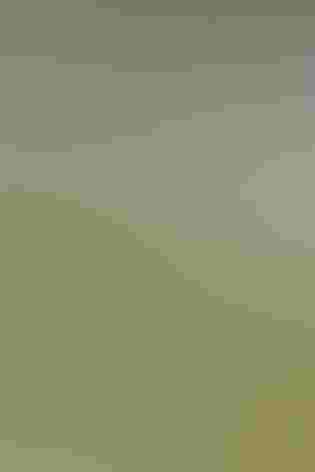Reddish Egret
At a Glance
A conspicuously long-legged, long-necked wader of coastal regions, more tied to salt water than any of our other herons or egrets. Often draws attention by its feeding behavior: running through shallows with long strides, staggering sideways, leaping in air, raising one or both wings, and abruptly stabbing at fish. Also notable for its two color morphs. Reddish Egrets are either dark or white for life, beginning with the downy stage in the nest. Mated pairs may be of the same or different color morphs, and broods of young may include either or both morphs. Over most of range, dark birds are far more numerous.
All bird guide text and rangemaps adapted from by Kenn Kaufman© 1996, used by permission of Houghton Mifflin Harcourt Publishing Company. All rights reserved.
Category
Herons, Egrets, Bitterns, Long-legged Waders
IUCN Status
Near Threatened
Habitat
Coasts and Shorelines, Saltwater Wetlands
Region
California, Florida, Southeast, Texas
Behavior
Direct Flight
Population
15.000
Range & Identification
Migration & Range Maps
Mostly permanent resident, but some Texas birds may move south in winter. Wanders north along Gulf and southern Atlantic coasts, very rarely inland. Birds from western Mexico wander north into California.
Description
30" (76 cm). W. 3'10 (1.2 m). Long-legged, with long, straight, heavy bill and usually with shaggy neck feathers. Two color morphs: dark morph (all slaty and reddish brown) and scarcer white morph. Unlike Little Blue Heron, these are not age-related: the birds are dark or light for life. Base of bill bright pink on breeding adults, dusky at other seasons and on immatures (immatures also lack shaggy neck feathers). Compare dark morph to Little Blue Heron. White morph in non-breeding plumage (especially immatures) can suggest Snowy Egret, but they lack yellow on feet and before eye.
Size
About the size of a Heron, About the size of a Mallard or Herring Gull
Color
Black, Blue, Gray, Pink, Red, White
Wing Shape
Broad, Fingered, Long
Tail Shape
Short
Songs and Calls
Squawks and croaks.
Call Pattern
Falling, Flat, Simple
Call Type
Croak/Quack, Rattle
Habitat
Coastal tidal flats, salt marshes, shores, lagoons. Does most feeding in calm shallow waters along coast, in protected bays and estuaries. Nesting habitat is mostly in red mangrove swamps in Florida, on arid coastal islands covered with thorny brush in Texas.
Sign up for Ě˝»¨ľ«Ńˇ's newsletter to learn more about birds like the Reddish Egret
Behavior
Eggs
3-4, sometimes 2-7. Pale blue-green. Incubation is by both sexes, probably about 25-26 days.
Young
Both parents feed young. Young may leave ground nests at about 4 weeks and wander about island, but probably not capable of sustained flight until 6-7 weeks.
Feeding Behavior
Has a wide variety of feeding behaviors. Often very active, running through shallows with head tilted to one side, suddenly changing direction or leaping sideways. May stand still and partly spread wings; schools of small fish may instinctively seek shelter in the shaded area thus created. Also feeds more placidly at times.
Diet
Mostly fish. Primarily eats small fish, with minnows, mullet, and killifish reported as major percentages; also frogs, tadpoles, crustaceans, rarely aquatic insects.
Nesting
Generally breeds in spring in Texas; in Florida may breed mainly in winter or spring. In courtship, male perches in future nesting site, stretches head and neck upward and backward with shaggy feathers fully raised, then tosses head forward repeatedly. May perform a variant of this display in flight. Male also walks in circles around female standing in shallows, tossing his head and raising one or both wings. Breeds in colonies. Nest: Site is typically on ground in Texas, 3-15' above water in mangroves in Florida. Nest, built by both sexes, a platform of sticks or grass.
Conservation
Conservation Status
Numbers were decimated by plume hunters in late 1800s. Reportedly not seen in Florida between 1927 and 1937, but numbers have gradually increased under complete protection. Current United States population roughly 2000 pairs. White morph apparently made up a higher percentage of the total population prior to persecution by plume hunters.
Climate Threats Facing the Reddish Egret
Choose a temperature scenario below to see which threats will affect this species as warming increases. The same climate change-driven threats that put birds at risk will affect other wildlife and people, too.



















